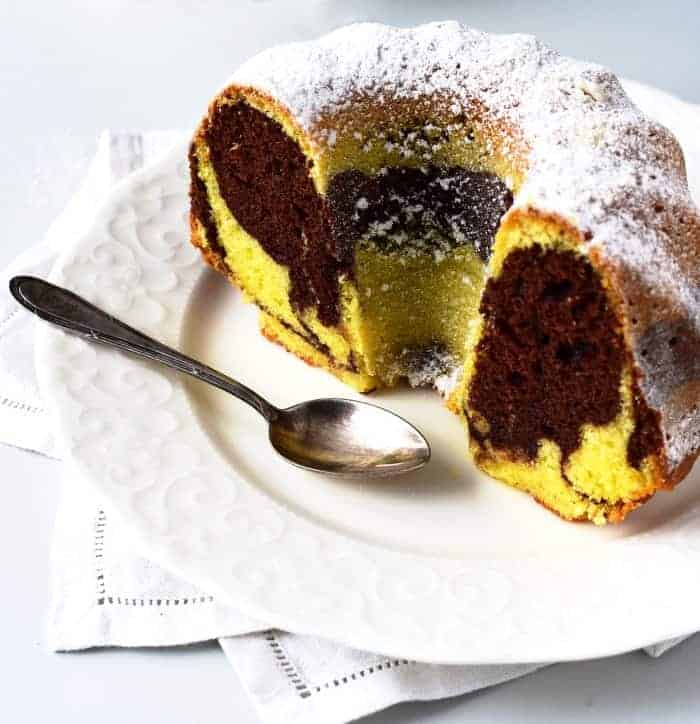Easter is the culmination of the Easter Triduum, center and heart of the whole liturgical year. It is the most solemn feast of the Christian religion which continues with the Octave of Easter and with
Easter is the culmination of the Easter Triduum, center and heart of the whole liturgical year. It is the most solemn feast of the Christian religion which continues with the Octave of Easter and with the liturgical time of Easter which lasts 50 days, incorporating the feast of the Ascension, until the solemnity of Pentecost.
It comes from the Greek: pascha , in turn from the Aramaic pasah and properly means “to pass over”, therefore “passage”. The Jews remembered the passage across the Red Sea from Egyptian slavery to liberation. For Christians it is the feast of the passage from death to the life of Jesus Christ.
And around the world, every country where this holiday is celebrated has somehow found its own traditions, and desserts are no exception. From the Finnish Pasha cake to the Czech Republic’s Babovka, here are the best and least-known desserts of the Easter season. Every culture, in short, has its own succulent dessert to celebrate Easter; so let’s discover some of them today. Enjoy your delicious reading!
Pinca – Croatia
In both Slovenia and Croatia, this sweet bread is a true Easter tradition, carved with a cross-shaped mark and usually prepared at the end of Lent.
Pashka – Russia
Pashka is a strange Russian cheese-based cake having a particular pyramidal shape. It can often be found decorated with religious symbols or the letters XB, which stand for “Christ is risen” in Cyrillic.
Simnel Cake – England
Dried fruit and ginger are the two main ingredients of simnel cake, the famous Easter cake in England. Tradition has it decorated with 11 balls of almond paste, a very significant number: all the apostles except, for obvious reasons, Judas.
Tsoureki – Greece
Tsoureki is a kind of brioche pastry: Tsoureki is the typical pandolce of Greece, shaped like a braid and flavored with a very particular spice, mahlepi, made from the stones of wild cherry trees. In this case, the decoration is not numerical but rather symbolic, with red eggs symbolizing the blood of Jesus.
Capirotada – Mexico

Once again, this is a sweet bread, typical of Mexico, prepared with raisins, cloves, cinnamon, and yes, even cheese. In this case, it is the ingredients that are symbolic, with the cloves and cinnamon symbolizing the nails and wood of the cross. Bread, on the other hand, counts as the body of Christ.
Easter Mona – Spain
For the Semana Santa – the Holy Week – in Spain, they prepare the Mona of Easter, a sort of large doughnut wherein the center stands a boiled egg with the shell still on. This tradition is very common in Europe.
Paçoca de Amendoim – Brazil
As simple as it is popular, Paçoca de Amendoim is a typical dessert from Brazil. The basic ingredients are a mix of salt, cassava, sugar, and peanut flour, usually served in the form of small pastries.
Mammi – Finland
Mammi is a dessert that is eaten cold, made with a special flour of malt and rye, and served with cream and sugar or vanilla ice cream. It is then further topped with dark molasses, salt, and a special powder made from dried orange peel.
Babovka – Czech Republic

Also known as babka or kuglof in other Eastern European countries, this cake is made with a distinctive cherry liqueur, almonds, and raisins. However, there are several versions, including one with nuts and candied fruit.
Kulich – Bulgaria and Georgia
One of the most typical Easter cakes in Bulgaria and Georgia, where Orthodox Christianity is celebrated, is Kulich. This particular cake is decorated with a white icing and a cascade of candied fruit, dried fruit, and colorful flowers.
Do you know any other uncommon easter desserts? Share them with us in the comments below.

